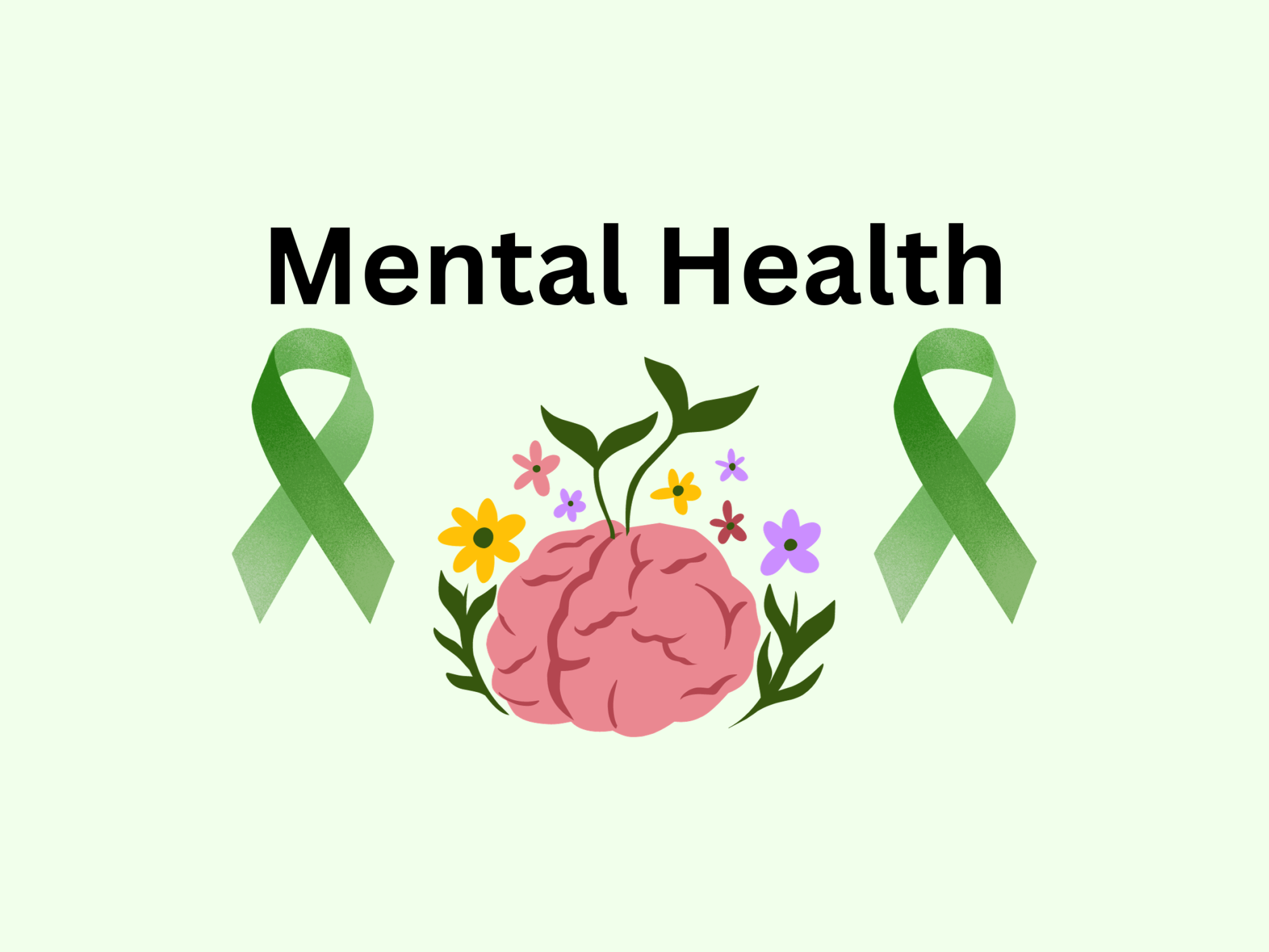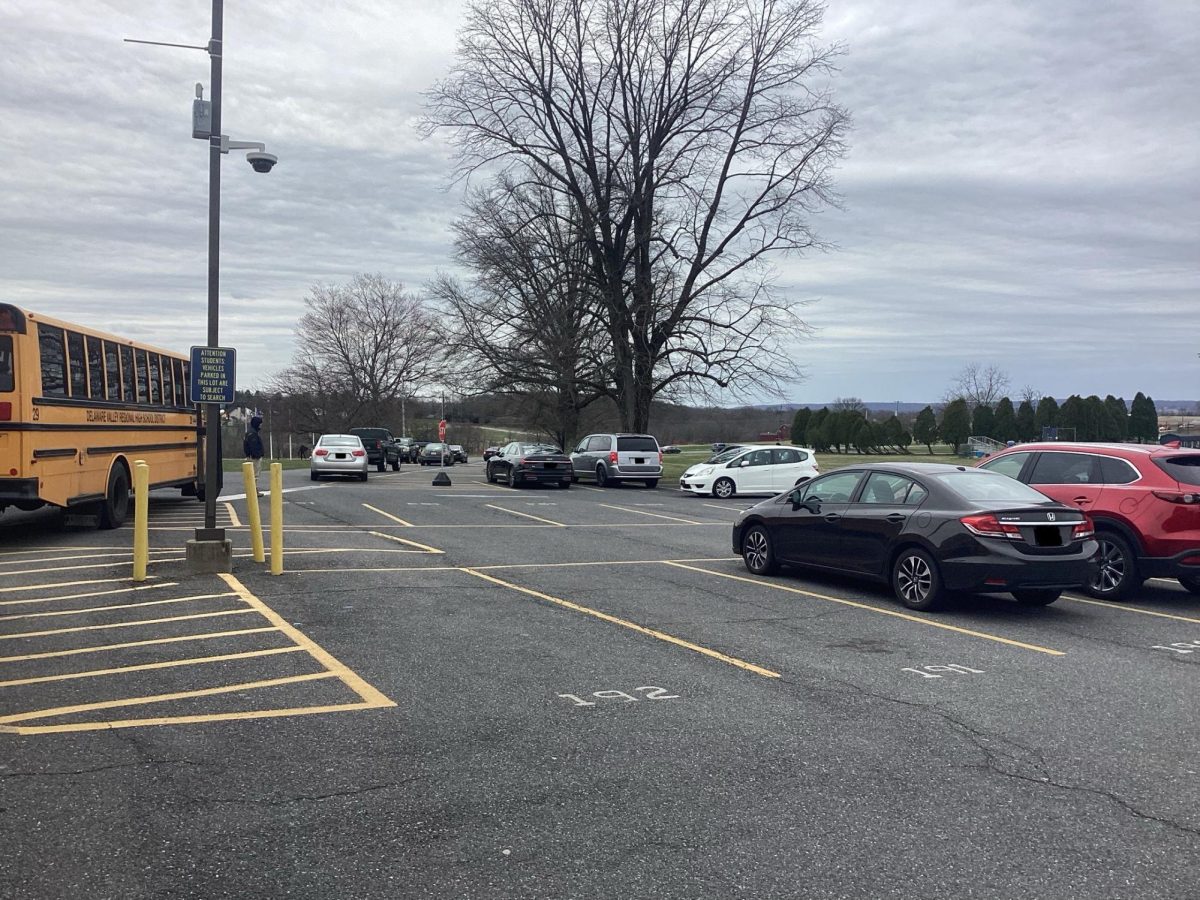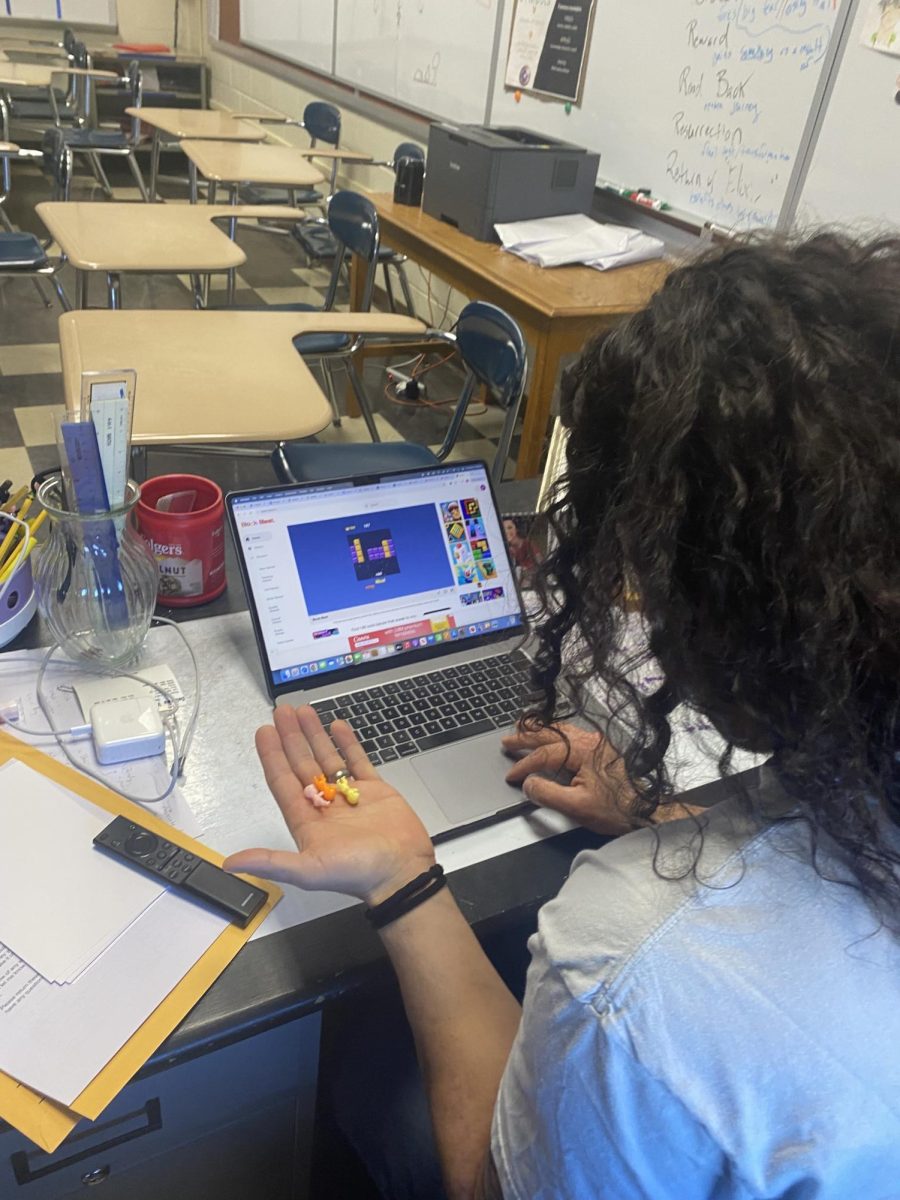
School’s effects on mental health

Since the pandemic there has been a trend of students discussing mental health and bringing their issues to light.
Now as college applications are being filled out by students, stress for high schoolers is on the rise.
School has positive and negative effects on mental health and the ramifications of this impact needs to be studied further.

School can affect mental health in many positive ways.
Intellectual, social and emotional horizons can be broadened through the many electives that schools offer to students. These classes also expand students’ knowledge in different subjects, including Math, English, Science and History.
Through school, students can also form great friendships throughout their high school careers that can last a life time.
Most freshman in high school have no idea what they want to do in life. This time will help them form ideas of what they want to do after high school or college. Giving students time to learn what they want to pursue will help them create goals for life, and high school can then help further those aspirations.
Del Val counselor Ashley Miranda explained that while at school, students have access to their teachers, school counselor and mental health counselor to look toward for guidance.
Miranda also detailed that students’ peers and friends are other positive aspects of school.
“I also think just having friends and peers, and the socialization part is helpful,” said Miranda.
DVRHS also has a Student Assistance Counselor, Heather Eckhardt, who runs many programs at Del Val.
“Our SAC counselor does those different groups to kind of encourage mental health and togetherness,” said school nurse Brittany Kollmer.

Just as there are the positive effects, school also has negative effects on students’ mental health.
Pressure exists on students both in the classroom and in sports. Whether this be from teachers, administration or coaches, the stress is real.
Another factor includes bullying, including abuse students receive from peers. Students’ mental health is affected by the need to fit into social circles at school, and with that comes the peer pressure in those circles. Bullying or conflicts that make students uncomfortable can negatively affect their mental health.
“Being around people is great, but I also think that it can cause a lot of stress if there is stuff going on that is more negative in nature,” said Miranda.
These ideas that are “negative in nature” can include drama, peer issues and friend issues.
Pressure caused by school academics, such as getting into a good college and the amount of homework students receive, are all issues according to Kollmer.
Kollmer also explained that schoolwork leaves less time for students to learn proper coping techniques for dealing with stress and anxiety.

The average high school student in America will start school between 7:30 a.m. and 8:00 a.m. and end the school day between 3:00 p.m. to 4:00 p.m.
These times will vary from school to school, as well as the state, and factors such as transportation, extracurriculars and local policies for schools can affect them.
Schools typically range from having six to eight classes that are 45 minutes to about an hour each day. Times may vary per class to accommodate different activities.
However, the passing periods in school average between five to ten minutes. These few minutes provide a brief break for students, when they can use this time to go the restroom or get a drink of water. It is important for schools to provide enough time for students to get from one place to another so that they are not late to their next class.
For lunch, the length will vary depending on schools and grades, and high school students tend to have longer lunches than grade school students. Lunches can last from around 45 minutes to an hour. This time is used for students to socialize, go to the library and prepare for any upcoming classes.
The end of their day will also vary should they be doing extracurricular activities, such as sports or performing arts.
As you can see, a high schooler’s day can be incredibly long depending on different factors. These long hours could lead to kids missing out in sleep, which is important for their mental health.

On average, there are about 850 students per American high school.
One out of every three high schoolers have experienced poor mental health issues. This means that about 283 students per school suffer with mental health issues. Nearly half of all high schoolers have reported recurring feelings of sadness and/or hopelessness, meaning that 425 students have felt at least one of these emotions.
16%, or four million, U.S. teenagers aged 12 to 17 have reported having a major depressive episode in 2022.
Mental health is not always treated consistently or at all. Three out of every five teens received treatment for their mental health, and less than one out of every three teens who have severe depression received consistent care.
Teenagers are struggling with their mental health, and when they are going through a difficult time, they are not getting the care that they need.

The pandemic was a difficult time for lots of people. Many of them lost jobs, children’s schools went virtual and for some it affected more than just schooling or work.
The pandemic caused 76.5% of high school students’ sleep levels to have decreased during this time. For the majority, students were sleeping for less than seven hours.
37.1% of students who had short sleep duration also began to experience poor mental health, but a fourth of students who got the proper amount of sleep still reported having poor mental health. Two thirds of students began to struggle with their schoolwork once remote learning began.
According to Miranda, students who were more extroverted did worse during this time.
“Socialization for most students, adolescents and teenagers is a must,” said Miranda. “They need to be around peers and have interactions, so the isolation hurt lots of people with their mental health.”
This big environmental change that occurred played a part in this. People were thrown out of their regular routine and no longer saw each other face to face.
“I think being home and isolated, even for adults, with the regular routine that we had coming here every day, and then being out of it, it’s different if it’s not something you are used to,” said Miranda.

Every year, around 1.2 million students drop out of high school in the United States.
20% of these students drop out due to early-onset psychiatric disorders, the main one being mood disorders.
If adults can realize the risk factors of depression, that can help discover psychiatric disorders in students. This will help students who have these disorders stay in school. Some risk factors include stress, smoking, loss of a loved one, chronic illnesses and more.
If you are struggling with your academics at school, the National Honor Society offers peer tutoring. There is a form on Del Val’s website, which will put you in touch with a tutor.
Some of your teachers may provide extra, outside-of-school learning options. Or if you aren’t comfortable working with peers and teachers, there are always tutors in local areas, such as Flemington.

If you need help with your mental health, Del Val has a variety of resources.
“First and foremost, I would say counselors are your number one resource with that [finding help],” said Miranda. “While we do help with academics and planning for college and careers, we are also here to support students’ mental health.”
There are two experts to reach out to at Del Val if you are struggling and in need of help. Amanda Matlee is the Mental Health counselor as well as the CST Case Manager, and Heather Eckhardt is the Student Assistance Counselor.
Del Val also offers Social and Emotional Learning. This method teaches students how to understand and manage emotions, set and achieve positive goals, feel and show empathy for others, establish and maintain positive relationships and make responsible decisions.
The nurse also plays a role in monitoring students. Throughout the day, Kollmer looks for warning signs of students who could possibly be struggling with their mental health.
“If a student comes here and lets me know that their stomach ache isn’t really a stomach ache, they’re just having anxiety, we’ll try to connect them with a counselor to talk to them, and figure out if this is just a one time thing,” said Kollmer. “We can try in certain situations to help them, or connect them to an outside resource like a therapist.”

If you are struggling, ask for help.
Teachers, counselors and nurses are here and able to help students build healthy coping mechanisms. It may be difficult and uncomfortable at first, but there are so many people who are willing to help you.
If you’re nervous about talking to someone, your counselor can make suggestions for other outlets to express your feelings.
“…we can make recommendations for other support, if you are not comfortable sharing your deepest, darkest stuff with your counselor here at school,” said Miranda.
If you are struggling with mental health, there are in person and online options you can use.
“Music, or the Calm app, are cool because you can just pop your headphones in and close your eyes for two or three minutes,” said Miranda.
To find help offline, you can exercise, talk to people you trust, use breathing techniques, grounding exercises, take breaks, play a game or any other activity that calms you down.
“One thing I notice as the nurse is that if people just make these little changes with their physical health, their mental health would really benefit from it, such as eating breakfast, getting the right amount of sleep and drinking water,” said Kollmer.
Being physically healthy can make the world of a difference for a lot of teens.
If you or a loved one is now suffering with mental health issues, here are links to resources to use: Help in a Crisis and other resources
Your donation will support the student journalists of Delaware Valley Regional High School. Your contribution will allow us to attend conventions, purchase equipment and cover our annual website hosting costs.









